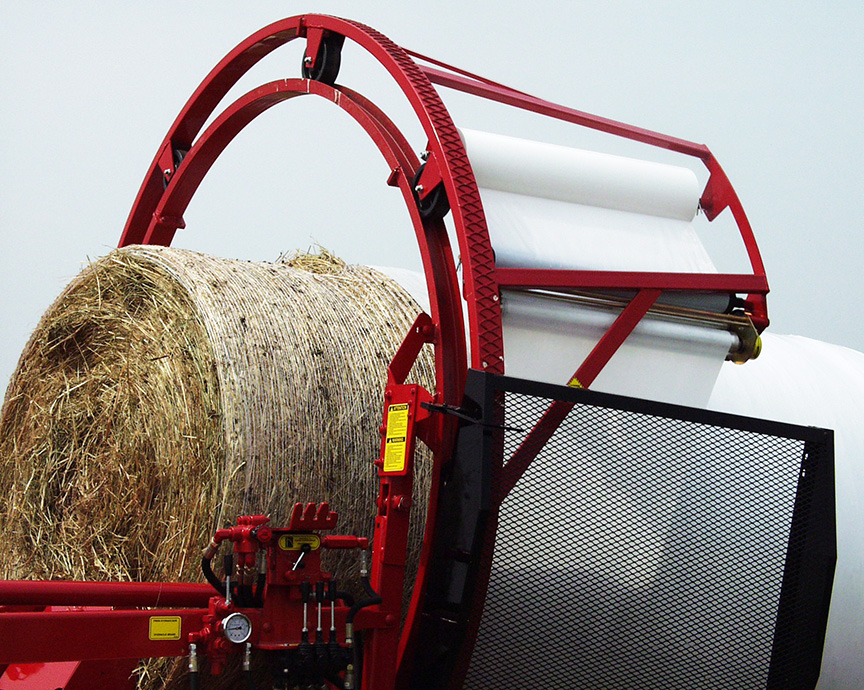
Taking large round and large rectangular bales and wrapping them with white plastic to make bale silage (baleage) has become a common practice.

Taking large round and large rectangular bales and wrapping them with white plastic to make bale silage (baleage) has become a common practice.

Although in the Midwest the black cutworm is considered to be one of the most major pests of corn.
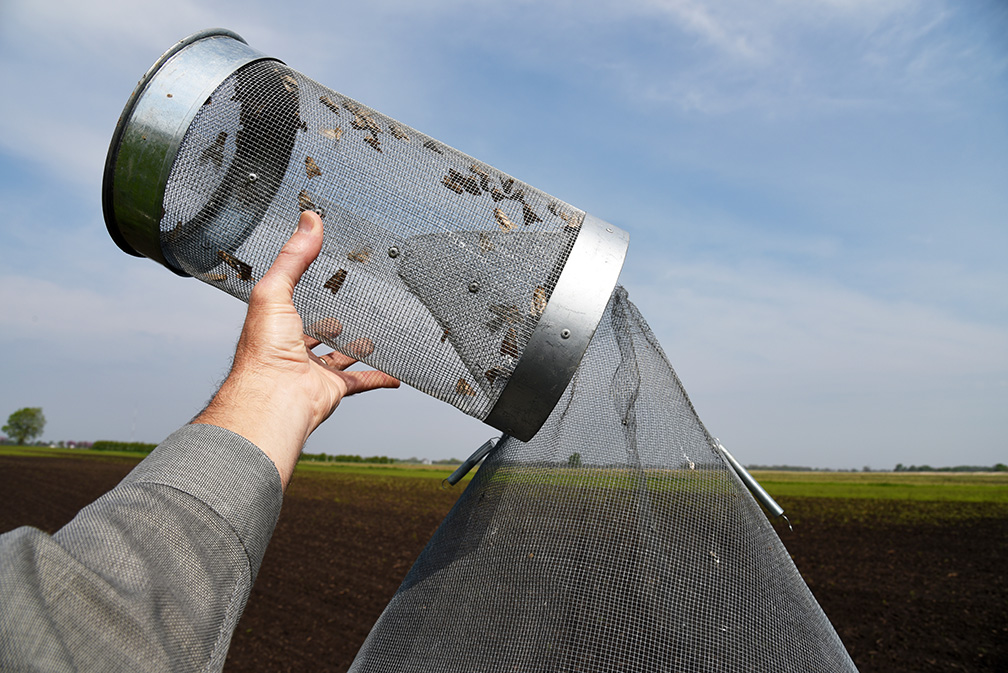
In looking over the black cutworm and armyworm pheromone reports, it is obvious that many moths have arrived into Indiana.
Armyworm Pheromone Trap Report – 2020
This webinar brings a group of six experts in grain post-harvest from industry, the North Central and South regions of US land-grant universities to directly address questions and discuss solutions that may arise related to grain handling and storage on-farm or at the elevator.
The short answer to the question posed by the title of this article is: “Whenever you want to begin planting corn.”
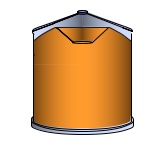
It’s getting to be quite a challenging start in the year from getting out of a late wet harvest season to now dealing with the disruptions of life and services as we know it due to COVID-19 pandemic.
Some of these challenges include severely delayed planting of hemp (and most other crops), labor shortages for some growers, “hot” hemp crops (THC > 0.3%), and harvested hemp left in barns and warehouses while some of the larger hemp processing companies filed for bankruptcy.
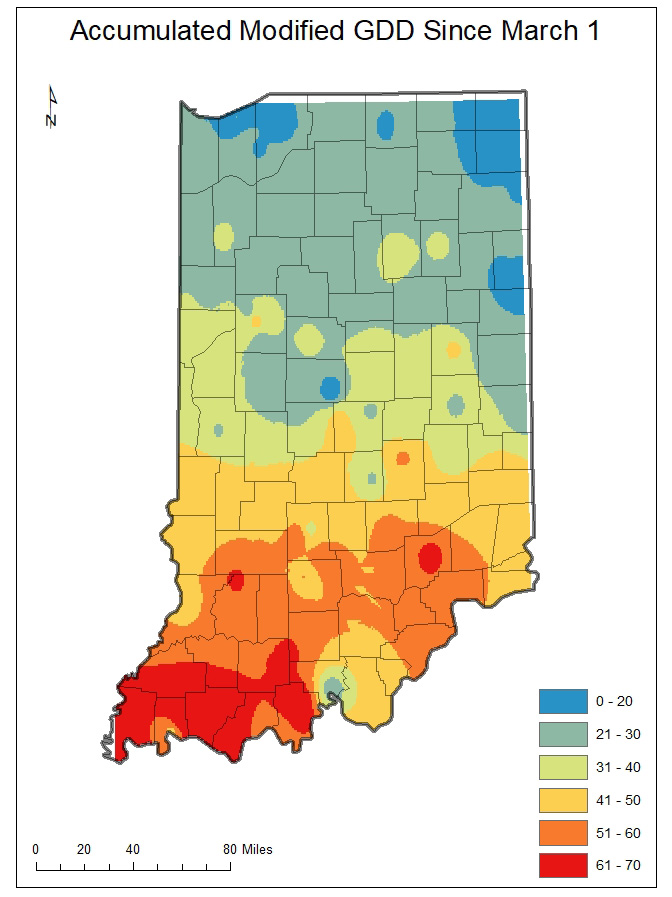
Over the past 30 days, southern Indiana has received above-average precipitation which has caused some flooding and well-saturated fields.
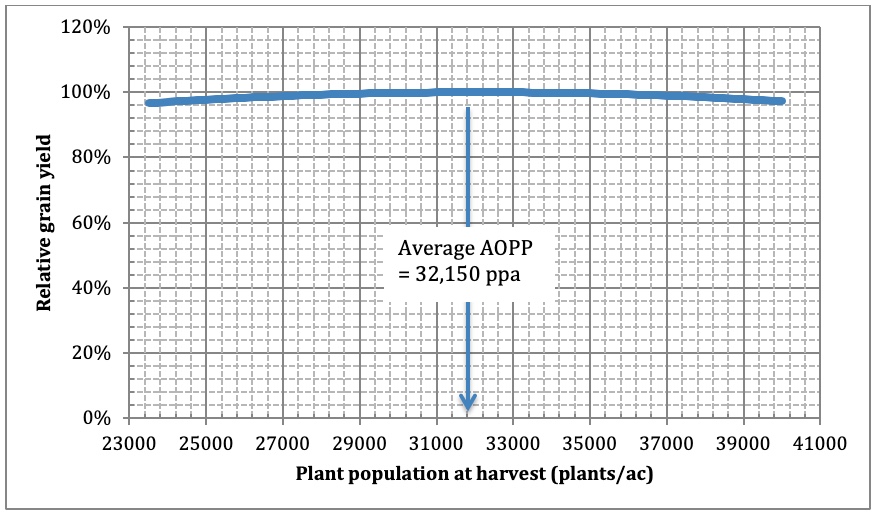
Seed corn represents the single most expensive variable input cost for Indiana corn growers (Langemeier et al., 2019) and so choosing the most economical seeding rate is important for maximizing that dollar return to seed at harvest time.
© 2026 Purdue University | An equal access/equal opportunity university | Copyright Complaints | Maintained by Pest&Crop newsletter
If you have trouble accessing this page because of a disability, please contact Pest&Crop newsletter at luck@purdue.edu.